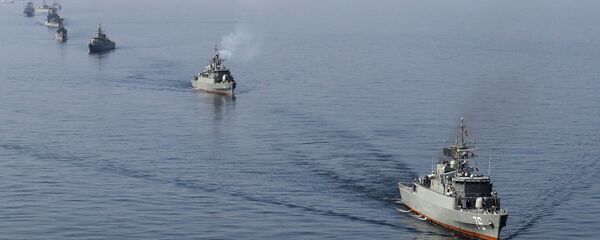The storm caused temporary water shortages and power outages across the province, and at least 218 people were hospitalized due to respiratory issues related to the calamity.
The cataclysm also affected local oil production which dropped to about 700,000 barrels per day.
هوای شهراهواز پر از شن و غبار می شود #بحران #خوزستان https://t.co/UCNuROtTCm pic.twitter.com/aF1SJhw68i
— nabiollah Saif (@NabiollahS) 19 февраля 2017 г.
The Iranian authorities however believe that their Iraqi neighbors are at least partially responsible for this natural disaster.
Masoumeh Ebtekar, head of Iran’s Environmental Protection Organization, urged Iraq to abide by the agreement on sandstorm prevention.
هوای شهراهوازبه برکت بی عملی حکومتی ها پر از شن و غبار می شود #بحران #خوزستان #خوزستان_تنها_نیست #اهواز #خاک #کارون #بحران pic.twitter.com/hf7p8k19KJ
— abbasazari (@AbbasAzari1328) 19 февраля 2017 г.
Tehran declared that sandstorms originate in Saudi Arabia, Iraq, Jordan and Syria, and urged these countries to enact the appropriate prevention measures in order to avoid similar cataclysms in the future.
Meanwhile, Khuzestan residents staged a protest rally in the regional capital of Ahvaz, demanding the resignation of the local governor and Ebtekar.
3سال است در دولت تجهیزات برقی خوزستان تمیزکاری نشده که باعث شده شن وماسه بارطوبت 97 درصد،مخلوط و به تجهیزات برقی بچسبند#دولت_حرف#خوزستان pic.twitter.com/dkdehw3xiv
— Aliasgharmahdavi (@akharzamanmonji) 20 февраля 2017 г.
Also, Supreme Leader of Iran Ayatollah Ali Khamenei urged the authorities to swiftly deal with the radioactive fallout which he claimed was brought by the storm.



